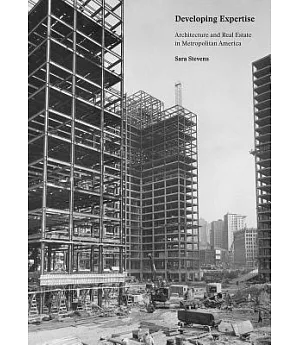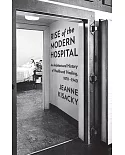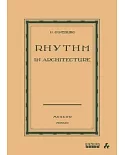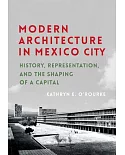The story of 20th-century American urban history is typically told as two distinct tales—the decline of downtowns and the rise of suburbs. This timely book weaves together these two narrative
threads by exploring the role of the real estate developer. Through nuanced chapters addressing Chicago, Kansas City, Detroit, Pittsburgh, Denver, Washington, D.C., and New York, Sara Stevens
explains how real estate developers, though often maligned, have shaped public policy through professional organizations, promoted investment security through design, and brought suburban
models to downtowns. She considers how developers partnered with prominent architects, including Ludwig Mies van der Rohe and I. M. Pei, to sell their urban visions, packaged in modern
architecture, to the public. By viewing real estate developers as a critical link between capital and construction in prewar suburban development and postwar urban renewal, Stevens offers an
original and enlightening way of understanding the complex connections among suburbs and downtowns, policy, finance, and architectural history.





















